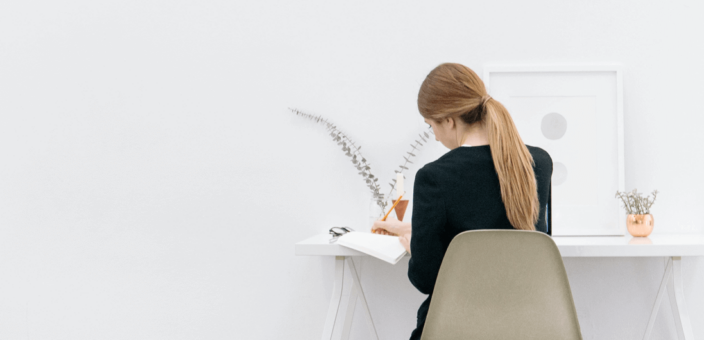Without doubt, the most serious mistake individual investors make is trying to time the market. Neither individual nor professional investors are able to make consistently accurate calls on the direction of market prices. In fact, I have never known anyone who knows anyone who has consistently made accurate directional bets on either equity or bond prices.
When individual investors try to time the market they are much more likely to buy and sell at the worst times. Emotionally, investors suffer great pain when pessimism is rampant and stock prices fall. They are more likely to buy when everyone is optimistic and prices are near or at their peak. Behavioral considerations cause investors all too often to shoot themselves in the foot.
Investors are still their own worst enemy
The evidence is remarkably strong that the behavioral biases described above influence investor behavior. The chart below superimposes data on the flow of monies into and out of equity mutual funds (the shaded histograms) on the 12-month returns of the Standard and Poor’s 500 index (the solid line). (The source of the flow data is the Investment Company Institute.)
Note that when prices are high and returns are good, money tends to flow into equity mutual funds; when prices are low, investors make net withdrawals of funds. In the first quarter of 2000, which coincided with the top of the Internet bubble, more new money was invested in equity mutual funds than ever before. Then in the fourth quarter of 2002, which turned out to be the market bottom after a sharp decline in stock prices, investors pulled large amounts of money out of equity mutual funds. Then, in the third quarter of 2008, during the worst of the recent financial crises when stocks made decade lows, investors redeemed unprecedented amounts of equity mutual funds. Our emotions lead us to sell at bottoms and buy at tops.
When individual investors try to time the market they are much more likely to buy and sell at the worst times
Several empirical studies have tried to measure the cost of bad timing decisions. They all agree that investors tend to do much worse than a buy and hold investor who avoided market timing altogether. A well-known study of the so-called “behavior gap” by Dalbar Associates estimates that it may be as large as 5 to 6 percentage points annually over the past 20 years. Other studies have estimated somewhat smaller gaps, but all of the studies agree that harmful investor behavior is extremely costly.
Investors are still their own worst enemy.
Disclosure
The information contained in this communication is provided for general informational purposes only, and should not be construed as investment advice. Nothing in this communication should be construed as an offer, recommendation, or solicitation to buy or sell any security. Any links provided to other server sites are offered as a matter of convenience and are not intended to imply that Wealthfront Advisers or its affiliates endorses, sponsors, promotes and/or is affiliated with the owners of or participants in those sites, or endorses any information contained on those sites, unless expressly stated otherwise.
Investment advisory services are provided by Wealthfront Advisors LLC (“Wealthfront Advisers”), an SEC-registered investment adviser, and brokerage products and services, are provided by Wealthfront Brokerage LLC (formerly known as Wealthfront Brokerage Corporation), member FINRA / SIPC. Wealthfront Software LLC (“Wealthfront”) offers a free software-based financial advice engine that delivers automated financial planning tools to help users achieve better outcomes.
All investing involves risk, including the possible loss of money you invest, and past performance does not guarantee future performance. Wealthfront Advisers and its affiliates rely on information from various sources believed to be reliable, including clients and third parties, but cannot guarantee the accuracy and completeness of that information. For more information, please visit www.wealthfront.com or see our Full Disclosure
Wealthfront Advisers, Wealthfront Brokerage and Wealthfront are wholly owned subsidiaries of Wealthfront Corporation.
© 2020 Wealthfront Corporation. All rights reserved.
About the author(s)
Dr. Burton G. Malkiel, the Chemical Bank Chairman’s Professor of Economics, Emeritus, and Senior Economist at Princeton University, is Wealthfront's Chief Investment Officer. Dr. Malkiel is the author of the widely read investment book, A Random Walk Down Wall Street, which helped launch the low-cost investing revolution by encouraging institutional and individual investors to use index funds. Dr. Malkiel, also the author of The Elements of Investing, is one of the country’s leading investor advocates. View all posts by




